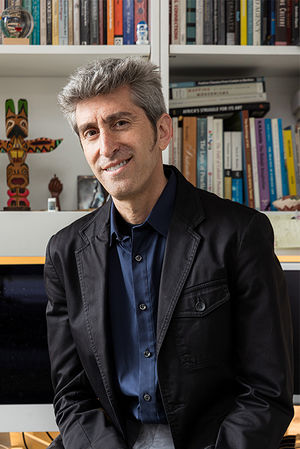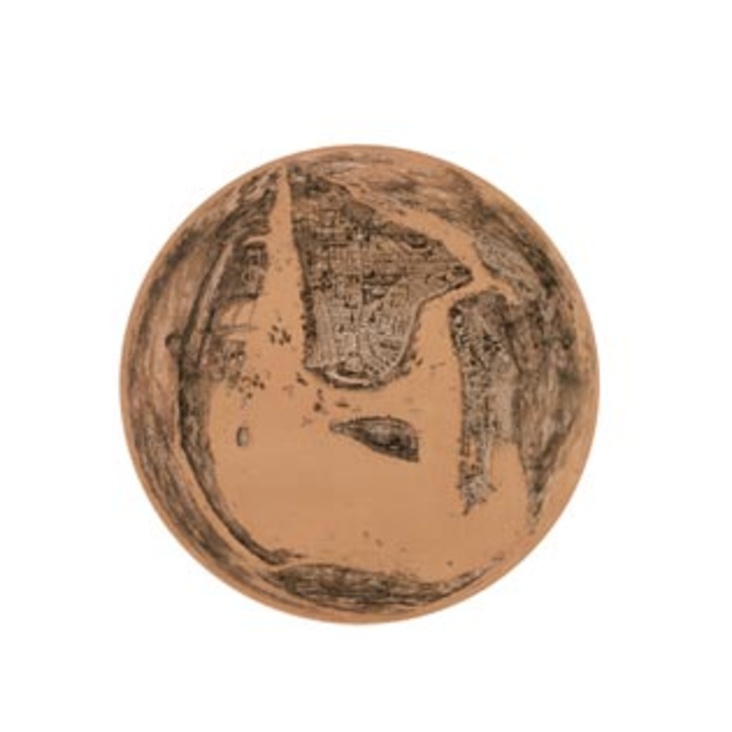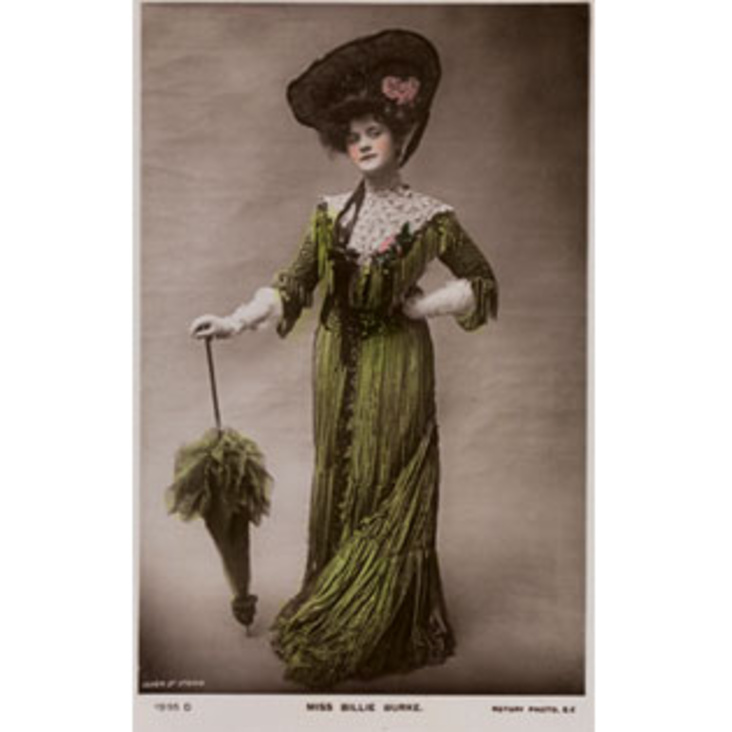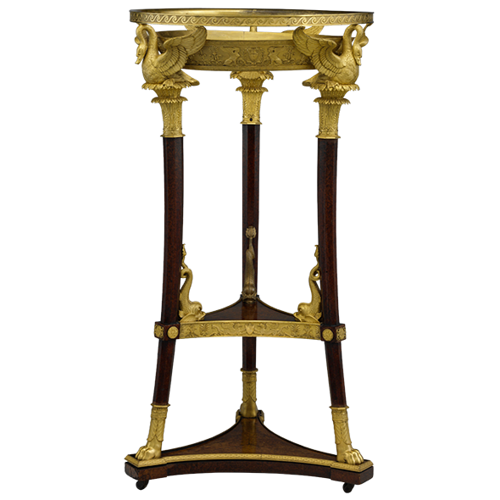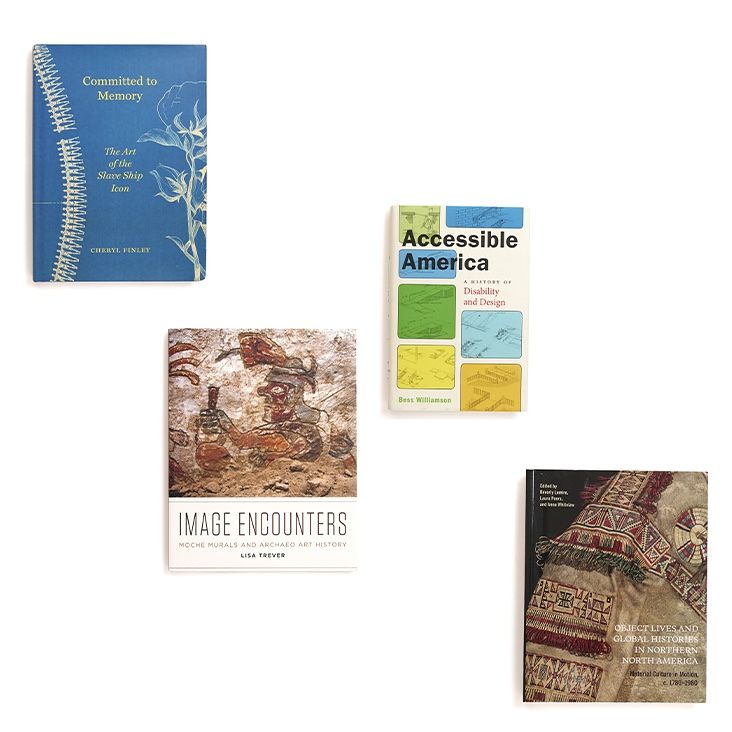
Unknown maker, Gusgimukw Kwakwaka’wakw
Wood, paint, copper
Collected by George Hunt in 1899
American Museum of Natural History 16/6887
This type of mask has a complex and somewhat mysterious history. Scholars suggest that its unusual leonine features were likely derived from earlier masks inspired by cathead carvings on European ships. During the nineteenth century, the motif spread throughout Kwakwaka’wakw territory and was altered according to regional custom, although it was not maintained in the twentieth century. In a classic 1897 text, Franz Boas illustrated similar “lion-type” masks, identifying them all as Nulamal, or “Fool Dancer,” which set the standard for subsequent attribution. However, when George Hunt later collected this particular mask at Quatsino Sound, he linked it to a local myth featuring a supernatural being named Sepa’xalis, or “Shining Down Sun Beam.” Boas rejected this identification; asserting the diagnostic criteria he defined for Northwest Coast figures, Boas concluded that this mask was a Fool Dancer type based on its prominent nose. Hunt consistently identified this mask—as well as similar ones collected years earlier—as Sepa’xalis. By the 1920s, Boas came to reconsider his conclusion, although his 1897 book remains influential even today.


